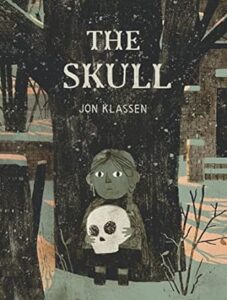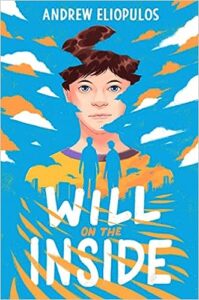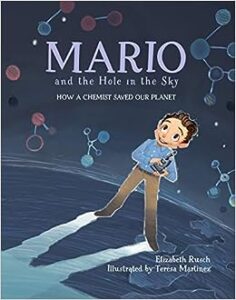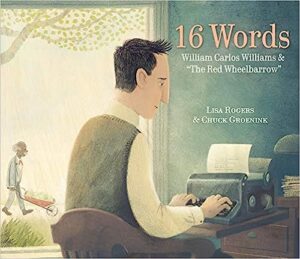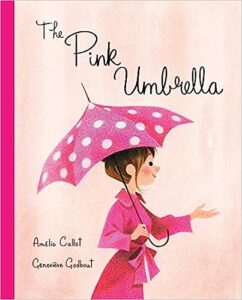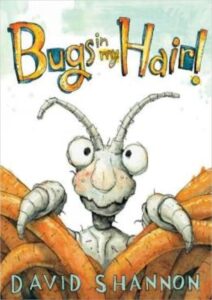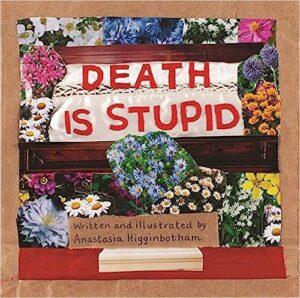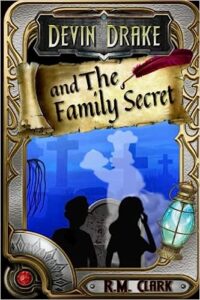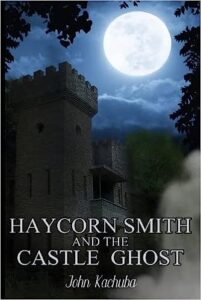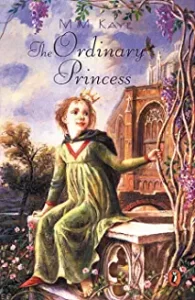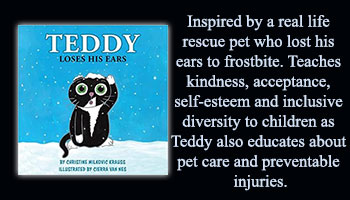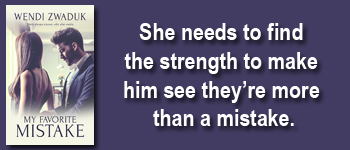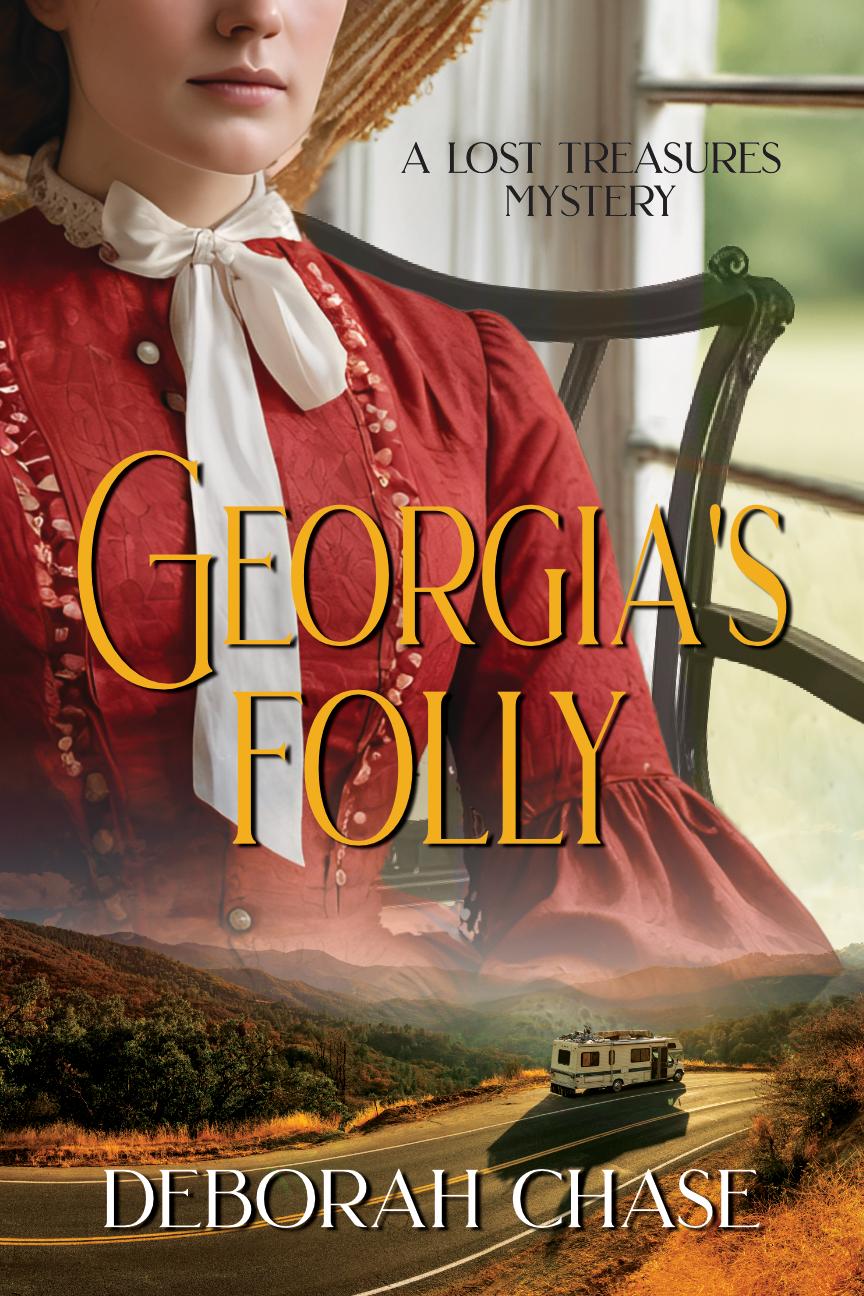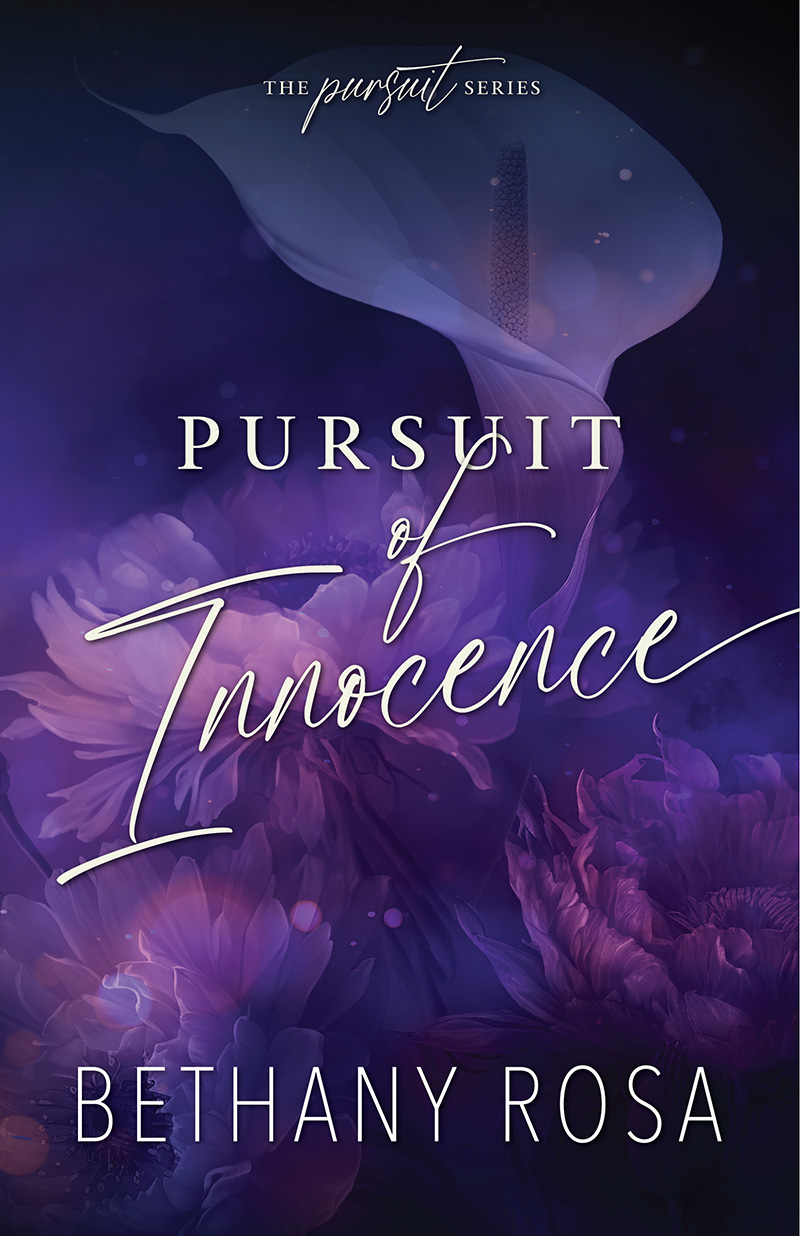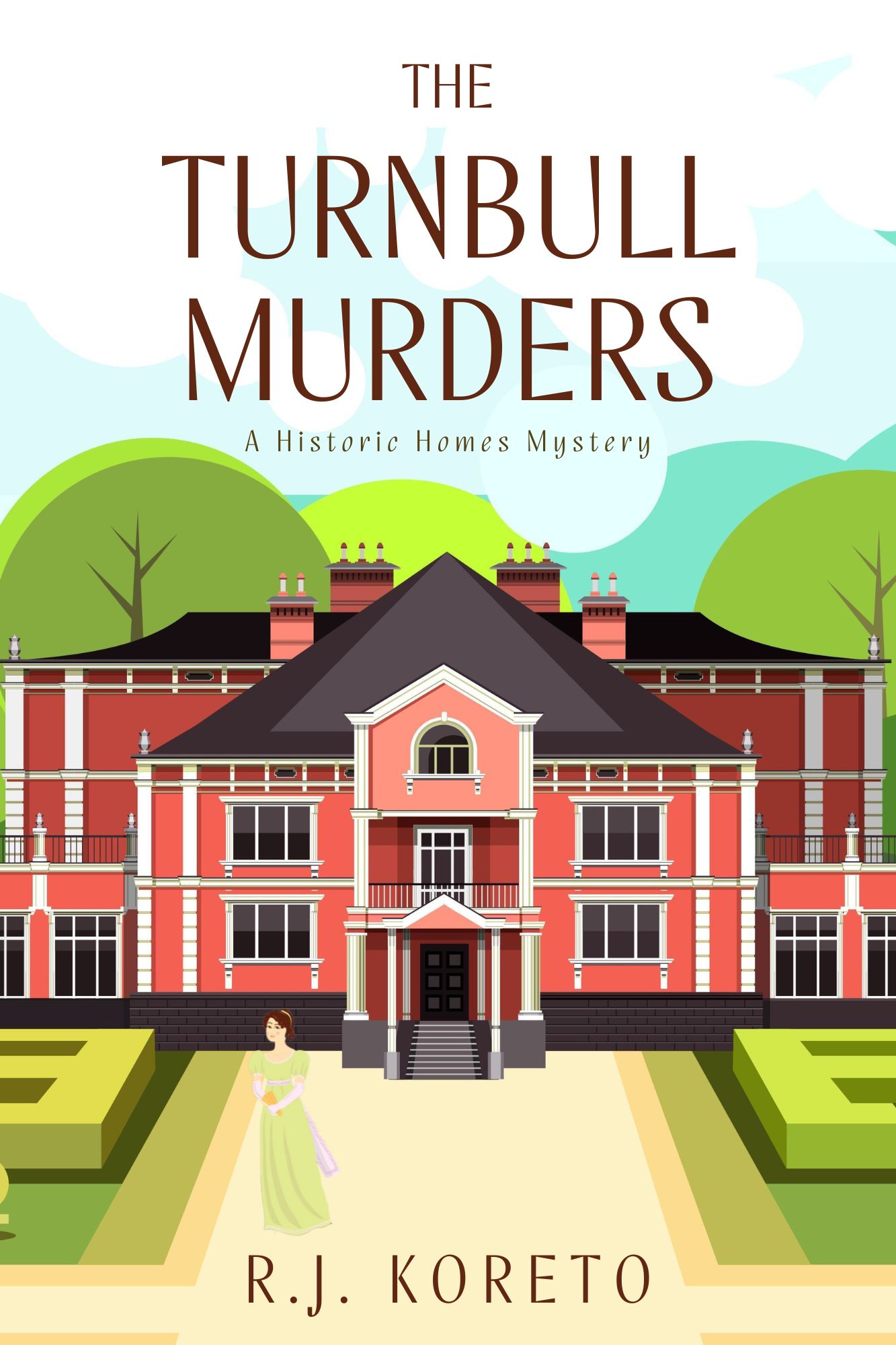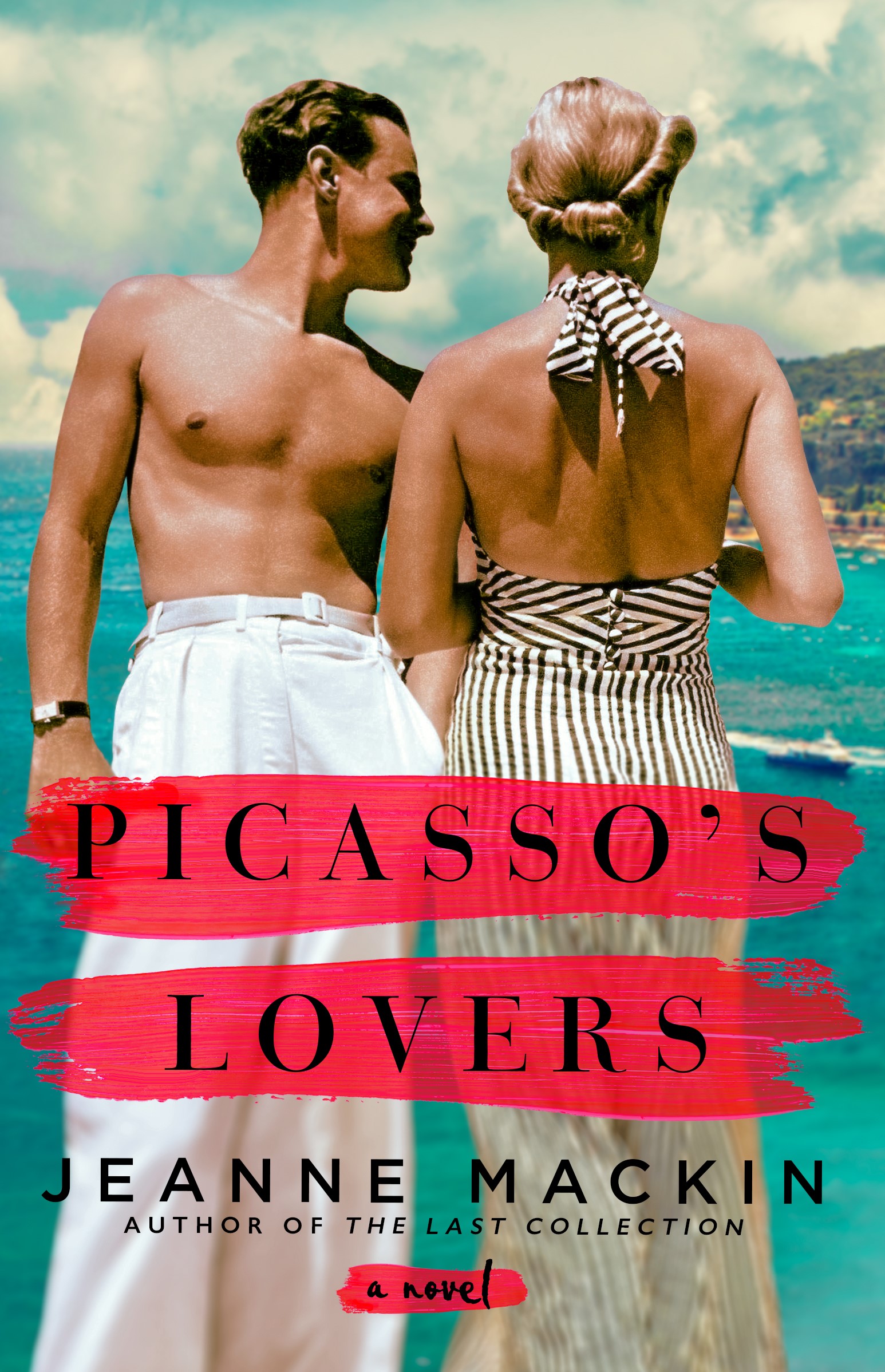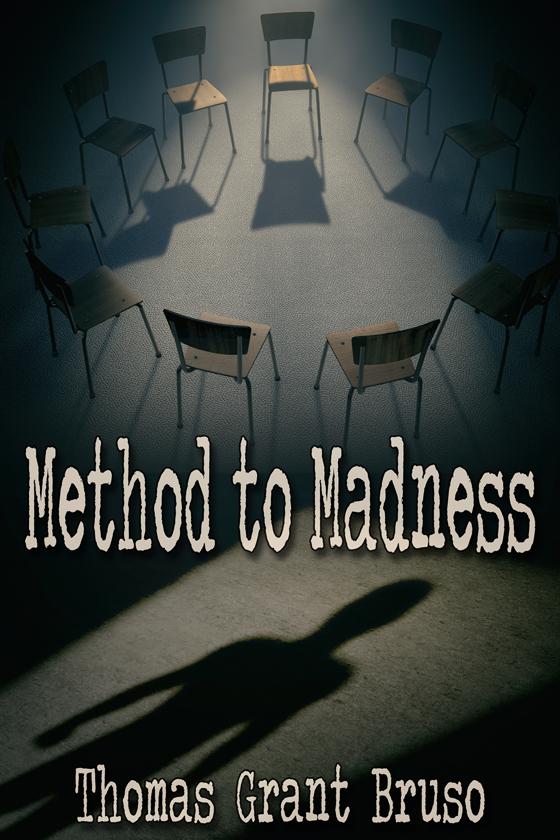The Skull by Jon Klassen
Publisher: Candlewick
Genre: Sci-Fi/Fantasy, Children’s (0 – 6 y.o.), Middle Grade (8 – 12 y.o.), Holiday, Paranormal, Historical
Rating: 3 Stars
Reviewed by AstilbeJon Klassen’s signature wry humor takes a turn for the ghostly in this thrilling retelling of a traditional Tyrolean folktale. In a big abandoned house, on a barren hill, lives a skull. A brave girl named Otilla has escaped from terrible danger and run away, and when she finds herself lost in the dark forest, the lonely house beckons. Her host, the skull, is afraid of something too, something that comes every night. Can brave Otilla save them both? Steeped in shadows and threaded with subtle wit—with rich, monochromatic artwork and an illuminating author’s note—The Skull is as empowering as it is mysterious and foreboding.
Would you spend the night in a haunted house?
Otilla was a brave girl who I quickly grew to like. She was kind and sweet even when she was afraid. That’s not always an easy thing to accomplish, so it made me more curious to learn about where she came from and why she was running away from something that frightened her in the first scene. The more I learned about her, the more I wanted to know.
Some of the scenes in this picture book were pretty intense, especially since this was rated for ages 4 and older. I would be hesitant to read this with younger kids without first figuring out how much horror they can handle. Certainly some of them would love it, but I also felt that the talking skull’s biggest fear in life was much darker than what is typically written for preschoolers and elementary-aged readers.
Otilla’s friendship with the skull was sweet. Both of them had pasts they didn’t want to talk about and seemed to find difficult. It was rewarding to watch them figure out they had this in common and decide they were going to protect each other. Few things are better than having a friend who behaves so loyally!
I would have loved to see more character and plot development. The eerie setting had a nice Halloween vibe, but there weren’t a lot of explanations about who the skull was when it was alive and still had the rest of its body or how they were connected to the grand old mansion that was now slowly falling apart. As an adult, I was able to make certain assumptions about what the author might have meant based on subtle context clues, but I don’t think a lot of kids would necessarily pick up on enough of them to make sense of everything without help.
With that being said, I did enjoy the scenes that explained what the skull could and couldn’t do. For example, it could taste tea, but it could not keep tea inside of its mouth because it didn’t have a body or a stomach to digest it. There were multiple examples like this, and each one made me smile as I added more details to my mental file of what this character’s abilities and limitations were.
The Skull was a spooky Halloween read.
